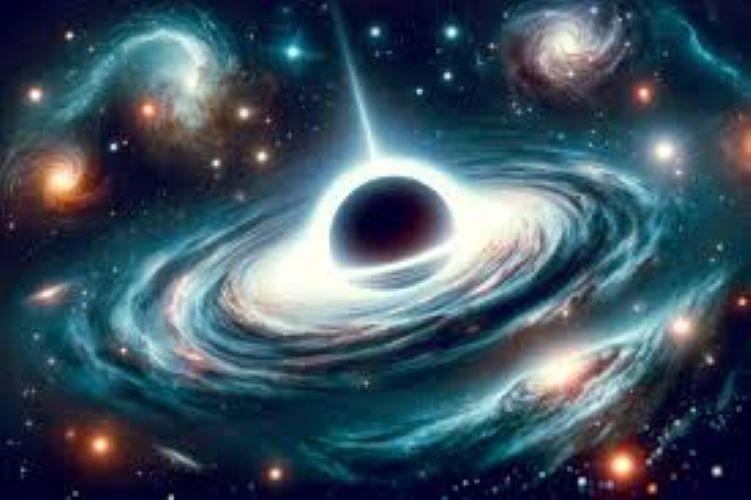Doubts Cast on Intermediate-Mass Black Hole Discovery

Recent research published in the journal Astronomy & Astrophysics has raised significant questions about the existence of an intermediate-mass black hole in the star cluster Omega Centauri. Initial studies suggested that a black hole with a mass approximately 8,200 times that of the Sun was located at the center of this cluster. However, a new analysis indicates that the high-velocity stars observed in this dense region may be influenced by a group of stellar-mass black holes instead. Justin Read, a physicist at the University of Surrey, stated that the chances of an intermediate-mass black hole existing in Omega Centauri now seem slim, with its mass potentially being less than 6,000 solar masses. This finding is crucial, as intermediate-mass black holes are believed to play a vital role in understanding the evolution of black holes.
The Elusive Nature of Intermediate-Mass Black Holes
Intermediate-mass black holes are theorized to exist between stellar-mass and supermassive black holes. They are thought to bridge the gap in our understanding of black hole formation and growth. Despite their importance, evidence for their existence has been hard to come by. Scientists initially believed that the gravitational effects of an intermediate-mass black hole in Omega Centauri were responsible for the high speeds of stars in the cluster. However, this new research suggests that the dynamics of the cluster may be more complex than previously thought. According to Andrés Bañares Hernández from the Instituto de Astrofísica de Canarias, the investigation into Omega Centauri has refined the techniques used to detect such black holes. This ongoing research is essential for advancing our understanding of black hole evolution and the role these mysterious entities play in the universe.
New Data from Pulsar Observations
The revised analysis of Omega Centauri incorporated data from pulsars, which are rapidly spinning remnants of collapsed stars. Pulsars emit beams of radiation that can be detected as periodic pulses. By studying variations in their timing, researchers gained deeper insights into the gravitational dynamics of the star cluster. This new data led scientists to conclude that the observed stellar velocities are likely caused by a cluster of stellar-mass black holes rather than an intermediate-mass black hole. The use of pulsar data has enhanced the accuracy of gravitational field measurements within Omega Centauri, providing a clearer picture of the forces at play in this dense region of space. This advancement in observational techniques is a significant step forward in black hole research.
Future Prospects in Black Hole Research
While the latest study has not confirmed the existence of an intermediate-mass black hole in Omega Centauri, researchers remain optimistic about future discoveries. Justin Read expressed confidence that ongoing advancements in pulsar timing techniques will improve the precision of black hole searches. These developments not only enhance our understanding of black holes but also provide a platform for studying pulsar formation within dense star clusters. As technology and methods continue to evolve, scientists hope to uncover more about the nature of black holes and their role in the cosmos. The quest to understand these enigmatic objects is far from over, and each new finding brings us closer to unraveling the mysteries of the universe.
Observer Voice is the one stop site for National, International news, Sports, Editor’s Choice, Art/culture contents, Quotes and much more. We also cover historical contents. Historical contents includes World History, Indian History, and what happened today. The website also covers Entertainment across the India and World.

